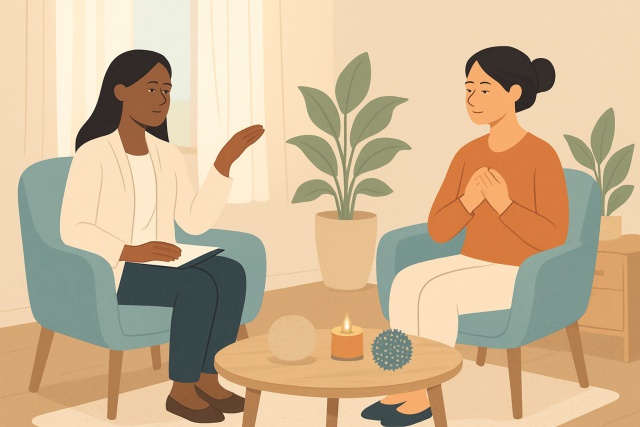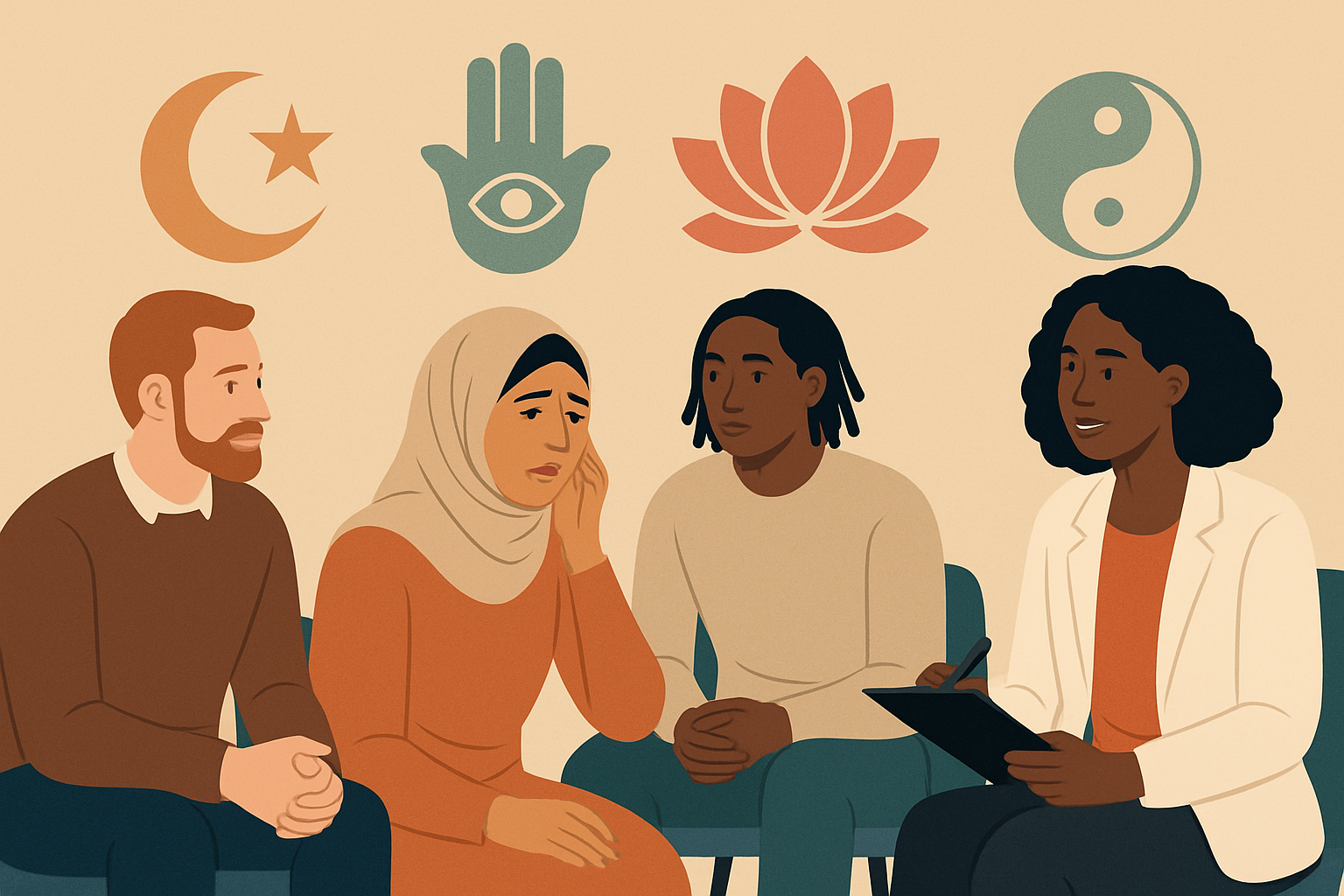
TFCBT Anchoring Techniques for Trauma Recovery
Discover how TF-CBT anchoring techniques help individuals manage trauma by connecting distressing mo...
Therapy for people of color often involves facing an uphill battle. Cultural stigma, mistrust toward providers and systemic barriers make many hesitate to reach out and embrace the support mental health care can offer.
Culture shapes how individuals experience and talk about mental health. For people of color, factors like cultural identity and historical trauma often play a big role in how they connect with therapy and approach healing. These factors also influence what kind of outcomes they notice.
"Therapy that truly respects cultural backgrounds creates a safe haven where clients of color feel they can genuinely dive into their identities and traumas. I have found it often deepens connection and sparks real healing, the kind that sticks." – Dr. Laila Nguyen, Licensed Clinical Psychologist
It’s genuinely important to find a therapist who truly gets where you’re coming from culturally. Start by seeking out providers who specialize in multicultural therapy or those backed by well-regarded community groups
Getting ready to dive into cultural influences can actually make therapy a whole lot more effective.
Building trust truly lies at the heart of any successful therapeutic relationship. When you’re open about your cultural identity and don’t hesitate to speak up for what you need, it really helps your therapist tailor their approach in a way that’s both respectful and genuinely effective.
Bringing familiar cultural or spiritual practices into therapy often helps make healing feel that much deeper and more grounded.

Therapy is not always a smooth ride, especially for people of color who face a unique set of hurdles. From cultural misunderstandings to sometimes feeling unheard or unseen, it’s a maze rather than a straight path. There are thoughtful ways to navigate this terrain. Whether it is finding the right therapist who truly 'gets it' or learning to advocate for your own needs in sessions, there are small but powerful steps that can make all the difference. Let’s unpack some of these challenges and explore practical strategies that can help turn therapy into a genuinely supportive experience rather than just another uphill climb.
People of color often face challenges like stigma and language hurdles as well as a frustrating lack of representation in therapy.
| Barrier | Description | Practical Solutions for Clients | Practical Solutions for Therapists |
|---|---|---|---|
| Stigma | The cultural shame or fear that often makes people hesitate before reaching out for mental health support. | Open up about your concerns with someone you trust; explore educational resources that can shed some light. | Foster honest conversations about the perks of therapy; provide education that is sensitive to cultural nuances. |
| Language Barriers | The tricky hurdles that come with not speaking the same language as your therapist, making communication less smooth. | Seek out therapists who speak your language or use interpreters; don’t be shy about asking questions to clear up any confusion. | Employ multilingual therapists; bring in professional interpreters; and keep your language straightforward and jargon-free. |
| Lack of Representation | The frustrating reality that there aren’t many therapists who share your cultural background. | Look for therapists with experience in multicultural counseling or those who genuinely understand your culture. | Invest in cultural competence training; actively pursue recruiting a more diverse team. |
| Mistrust of Providers | Deep-rooted suspicion and wariness toward healthcare systems built over time. | Give yourself time to build trust; have open chats about what you expect and where boundaries lie. | Encourage transparency; acknowledge systemic issues; and practice genuine cultural humility. |
Many organizations and platforms now offer culturally responsive mental health support, including specialized therapy for people of color.

Discover how TF-CBT anchoring techniques help individuals manage trauma by connecting distressing mo...

Discover how specialized therapy for generational trauma breaks cycles of inherited pain, offering p...

Spotting the signs of a toxic relationship early can save your emotional health. Discover key red fl...

Learn advanced tips and expert techniques to help young athletes build mental toughness, stay focuse...